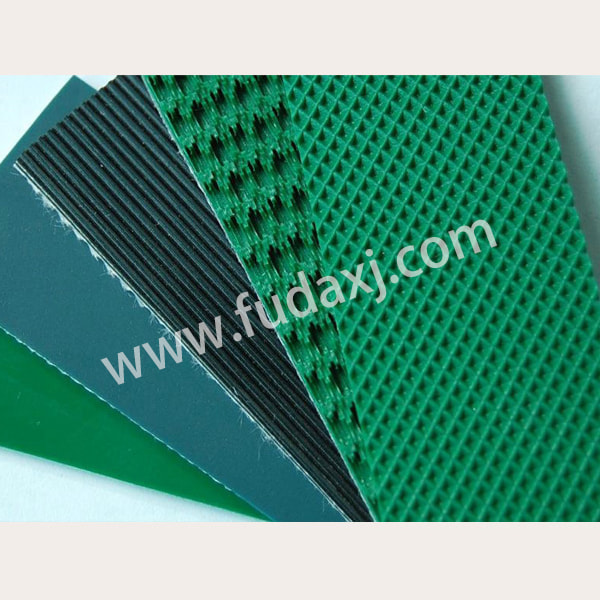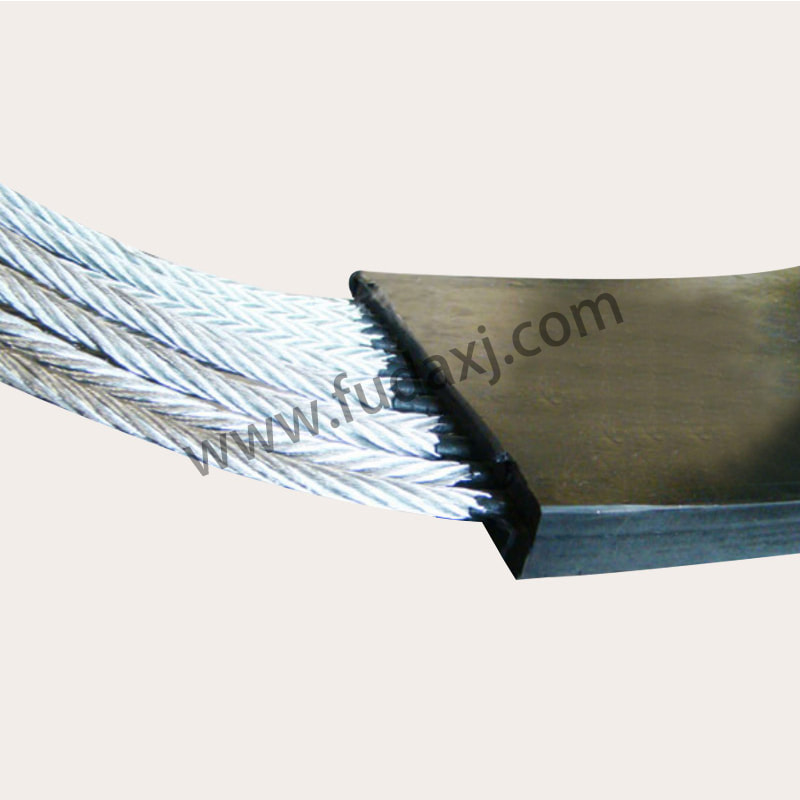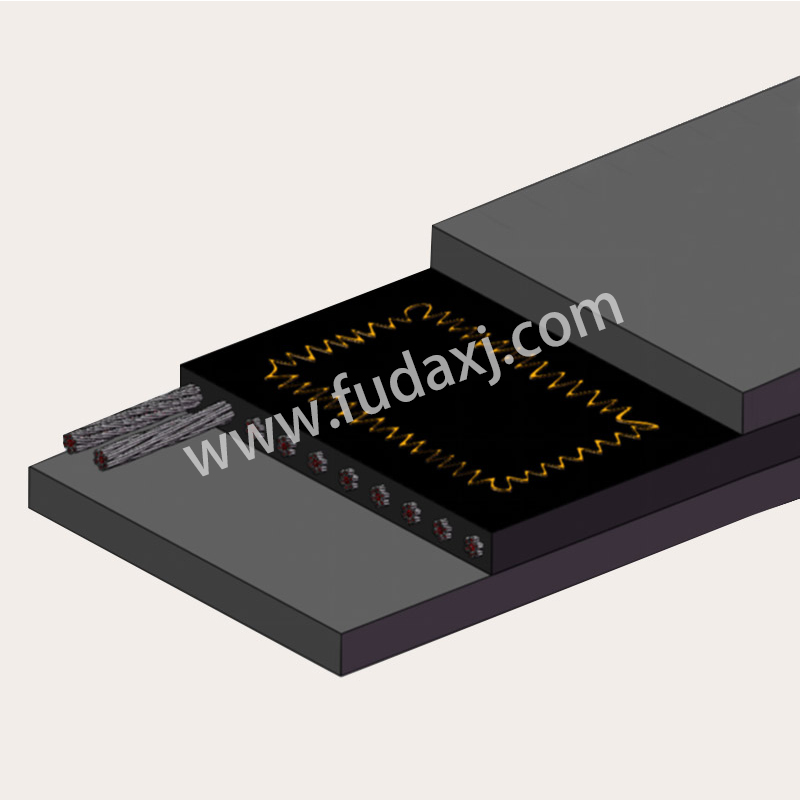
Sale Supply Cement Conveyor Belt Wholesaler Producer Factory
In the bustling world of construction, efficiency and reliability are key. One of the unsung heroes in this industry is the cement conveyor belt, a piece of equipment that plays a vital role in the transportation of cement from production to application.
A cement conveyor belt is a continuous loop of material that moves over a series of rollers or drums. It is designed to transport bulk materials, such as cement, from one location to another. The belt is made of durable materials that can withstand the abrasive nature of cement and other similar materials.
The conveyor belt system consists of several key components:
The belt is the central part of the system, made from rubber or similar material that can handle the weight and abrasiveness of cement.
Rollers are used to support the belt and reduce friction, allowing the belt to move smoothly.
Drive System includes the motor and pulley system that powers the movement of the belt.
Idlers are stationary rollers that support the return part of the belt.
Troughing Idlers are designed to keep the belt in a shape that allows it to hold the material being transported.
The functionality of a cement conveyor belt is straightforward yet crucial. It moves cement from the silo to the point of use, such as a mixer or a construction site. The belt's movement is powered by a motor that turns the drive pulley, which in turn pulls the belt along its path.
Cement conveyor belts are designed to handle large volumes of material with small downtime. They offer a continuous flow of cement, which is essential for maintaining the pace of construction projects. The efficiency of these belts is a significant factor in the productivity of a construction site.
Safety is paramount in any construction environment. Conveyor belts are equipped with safety features such as emergency stop buttons, guards to prevent access to moving parts, and sensors that can detect blockages or other issues that could accidents.
Regular maintenance is crucial for the longevity and performance of cement conveyor belts. This includes checking the belt for wear and tear, ensuring that the rollers and idlers are clean and functioning correctly, and lubricating moving parts as necessary.
In recent years, there has been a push towards more sustainable practices in the construction industry. Conveyor belts contribute to this by reducing the need for multiple trips with heavy vehicles, which can reduced fuel consumption and lower emissions.
The technology behind conveyor belts is constantly evolving. Innovations such as energy-efficient motors, belts made from recycled materials, and systems that can self-diagnose issues are becoming more common. These advancements not only improve the performance of the belts but also their environmental impact.
Cement conveyor belts are an integral part of the construction process. They ensure that cement is transported efficiently and safely from the production site to the point of use. As the construction industry continues to evolve, so too will the technology and practices surrounding cement conveyor belts, ensuring that they remain a reliable and efficient solution for moving this essential building material.
 English
English 简体中文
简体中文 Español
Español عرب
عرب
 English
English





 Fax: 0086-576-83019528
Fax: 0086-576-83019528